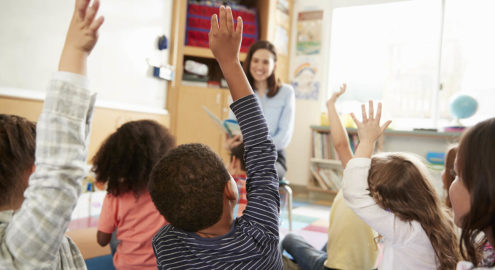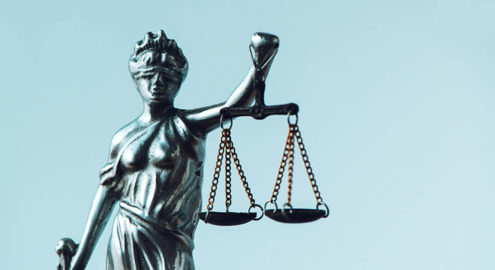Evidence That It Works
Across seven studies (1,504 students from the University of Kansas), researchers found that social norms influenced participants’ own expressions of prejudice. For example, when social norms made prejudice towards a particular group seem more acceptable, participants adhered to those norms when expressing prejudice, evaluating scenarios of discrimination, and reacting to hostile jokes. Thus, evaluating norms is essential for ensuring that the norms are supporting the fair treatment of all community members.
Furthermore, research has found that we are more likely to engage in a behavior when we form a plan ahead of time, i.e., if-then statements. For example, in a study of 287,228 U.S. citizens, the voters who were encouraged to create a voting plan (versus simply being encouraged to vote and/or asking if they intended to vote) increased voter turnout by 9.1 percent.
Why Does It Matter?
Despite educators’ best intentions, biases can creep into the school community in many ways. Such biases might signal to students that prejudice is tolerated, creating hostile environments in which traditionally stigmatized students feel unwelcome and/or have to face discriminatory behavior.
In order to address such biases, one has to first notice them and then create a plan for remedying the biases. Reflecting on how such biases might be experienced by students can also help teachers to identify and change their own implicit biases, fostering more empathy for students as well as creating more positive outcomes for them.







Comments